In a world suffering a refugee crisis, more and more people may be forced to confront the idea of taking in relatives due to unforeseen circumstances. Many of us engage in discussions and tackle such issues in a political or social realm, knowing that we will probably never have to deal with such dilemmas in our own life. But imagine for a second that the possibility became actuality. What would you do? Would you stand by your beliefs of generosity and accountability and follow through with taking in family or extended relatives in need? Or would you avoid the complications and ethical decisions that might arise? How would you respond or take a call for help from a relative fleeing persecution? I am not sure there is a fixed right or wrong answer to these questions. But this was the issue faced by my relatives some eighty years ago when in 1938 my ancestors agreed to take in a cousin they had never met—Martha. She is someone my immediate family, my parents, sister and myself, grew to know, learn from, and love. Her story of survival, what happened to her parents and the ethical decisions made by her parents, along with my great grandparents in the United States, is the topic of this essay.
The long drawn out car ride during a hot summer’s day in July would eventually bring us to the parking lot of the Hooverwood Nursing Home in Indianapolis. Hooverwood is a Jewish nursing home that houses several dozen seniors. On its walls are paintings with Jewish themes, some of them portraits of trials and tribulations. Mezuzahs and menorahs are on the doorframes and doors. Old folks playing bingo and chess and the sounds of the piano could all be heard in the background. Nurses roamed the hallways, tending to residents, making sure they were comfortable and felt at home. Some of the elderly would gather around television sets that blared a little too loud. They would listen to the radio or to audio books and some would be socializing
with one another. One of the nurses would take us to Martha’s room, guiding us past the fish tank and the flowers. A few knocks would get her attention, whether she was dosing off or waking up from a deep sleep. As we all filed in to her room, each exchanging hugs and kisses, we would sit around her, trying to feed off of her excitement and enthusiasm over our arrival.
Martha’s room was small and her own. Family photographs lined her dresser—her daughter, late son and husband, both of whom had passed away. On top of her closet, for the longest time, sat the only photograph she had of herself with her parents. I’m told that when I was very young I visited her house in suburban Indianapolis. Now, in Hooverwood, there was not much from that house that could fit into this room. It was not hard to see how her legs and back hurt and she was wheelchair bound. Although in her nineties, her history and her mind were very much alive, speaking in her thick Austrian accent with drops of German in-between. And as my great-grandmother’s first cousin, she was the family’s only living connection to the Holocaust.
It was a unique relationship from the very beginning. A summer visit with Martha occurred one day a year every year for no more than two hours. Our presence in her room would always fill her with excitement. Almost immediately upon sitting down she would ask us about ourselves and the relatives. This mainly included talk my father’s brother and his two kids in Minnesota along with my father’s sister who lived in Maine. Although they didn’t visit and hadn’t spoken to Martha for some time, we updated them much like we would update her, about the collective state of their lives. It was always a pleasant exchange of updates for which we were always the go between. As far as ourselves were concerned, one only had to tell Martha something once in order for her to remember. Her constant questions included topics pertaining to my field of study—journalism and Jewish history, along with asking my sister about her film
projects. She would ask my mother about her psychoanalytic work and joke with my father about how in her eyes, he didn’t seem to work at all.
Our only mistake with Martha was never bringing pictures, a request she would make at the beginning and end of every visit. She wanted actual pictures to add to her collection, not small images accessible on a smart phone. Martha was always forward looking in that way and wanted to know about your life. The connection was immediate even though we saw her only once a year. During the year our contact with her would be sparse. This was not due to lack of concern, just the result of our busy lives in New York. So, if anything, the year-long disconnection made these hour long visits even more special. I savored them.
It was not until I got into my late teens that she began to talk about the war years and her childhood in Vienna. She had never wanted to burden others with her story and with the bad memories from the past. But one summer, it was my freshman year in college, she opened up about what it was like to be a teenager in Vienna and the Jewish upbringing she got from her parents. She told us about walking past Freud’s apartment and how even though as a child she didn’t know what he did, she understood he was an important figure for all of Austria. And for the first time she spoke candidly about the Nazis and how they closed off life for the Jews of Vienna. She talked about people losing work and Jews not being able to attend schools. Before the war, her father’s job was to serve as go-between between the Jewish community and the local government. All of that changed when the Germans arrived in Austria.
On this one particular visit, she opened the bottom drawer of the small dresser next to her bed and took out her Austrian identification papers. On one of its pages a big red J was stamped. As I got to learn her story, I saw it was a stamp that she never shied away from. Since then, during my own moments of Jewish uncertainty, whether it be a hesitancy to attend Hillel or my
apprehension to attend Saturday services with my parents for fear that I would be called to the bima for an aliya, I would think about that J and the pride Martha derived from it. Sometimes that red J stares me in the face. Just like she was labeled a Jew, not just an emblem but an identity, so she instructed me to take pride in being Jewish, not just in name but as someone who practices Judaism. She would often ask me about my Judaism and attendance at Synagogue.
When I told her about my reluctance to attend and the reasons for it, she would always let me have it. Martha was a loving person, but she could be strict and she had no patience for my excuses. I know that red J was a big reason why.
By the time I had reached bar-mitzvah age, my fascination with Jewish history merged with my fondness for family history. Understanding dates, places of birth, and familial relations however many generations removed, was something I always committed to memory. With this came a deep appreciation for stories, especially ones that were passed down from generation to generation. Growing up, I was fascinated by Martha’s story of survival, how she came to the United States and escaped growing tensions in Europe. Her story was always told in a way that illuminated the complications of the situation and the iron fist the Nazis had over European Jewry.
Martha was an only child and I had always wondered why Martha had come to America by herself. Why hadn’t her parents immigrated with her? My father relayed the story as it had been passed down to him: The Nazis, in their cruelty, had given Martha’s parents only two visas knowing that they were a family of three. The story had it that since neither parent was willing to leave the other, they gave the second visa to a boy that lived in the neighborhood, and extended the promise that the two of them would immigrate later. But Martha’s parents never made it to American and Martha never saw them again. They died in Theresienstadt.
On the day that Martha showed us her identification papers, my father told her the story that we had always believed true—two visas for three people. Martha almost scoffed. That wasn’t it at all, she said. The family had only sponsored her. US immigration law had required families taking in foreigners to sign papers agreeing that new immigrants were not a burden to the state or the economy. In 1930, during the first half of President Herbert Hoover’s term as president, strict policies and decrees were issued banning immigrants that were “,,likely to become
,,a public charge.” The United States witnessed a significant drop in immigration. Despite
President Franklin Roosevelt’s more liberalized philosophy towards immigrants, large portions of Americans continued to oppose immigration, voicing opposition on grounds both racial and religious. Despite the hardships being enacted on the people of Europe and in spite of the urgency for refugees to escape, the viewpoint taken by most Americans was against accepting new arrivals. A Gallup poll taken on November 24–25, 1938, (two weeks after Kristallnacht)
asked Americans: “Should we allow a larger number of Jewish exiles from Germany to come to the United States to live?” 72% responded “no.”
This context is crucial for understanding Martha’s story. The United States was still struggling from the deep and lasting effects of the Great Depression. Many Americans believed that immigrants coming cover were after American jobs and believed that, if given the opportunity, would “steal” jobs from the American worker. However, for many immigrants experiencing persecution in their home country, the quest to obtain a financial sponsor was often the most difficult part. The process by which immigrants would obtain a visa was often long and arduous. With ,,multiple sponsorships required along with several supporting documents, Martha
tried to contact her relatives living in Minneapolis. At this point, something like a miracle happened. Martha was writing to my great aunt but was never hearing back. Somewhere in the
chain of communication, letters were being stopped. So Martha wrote to her cousin (my great aunt) in care of the “burgermeister” of Minneapolis. It just so happened that someone who worked in the Mayor’s office was a patient of my great uncle, a dentist, and when the man in the dentist’s chair, who knew his dentist was Jewish, told him about the strange letter that had arrived, and told him the name on the envelope, the dentist exclaimed, “that’s my wife.” And so Martha reached the family in an almost accidental way.
As the family story is often told, my great-grandparents and my father’s mother, went to pick up a cousin that they had never met at the train station. When Martha stepped off the train in her very European looking clothes, they recognized her immediately—not from pictures but because she looked like the family and she looked so European. This story brings with it images of a warm embrace. Yet it paints a picture that is largely unfinished. In addition to the feeling of relief and good fortune that there was in fact family across the ocean waiting to welcome her in, could it also be the case that for Martha, the people who greeted her could have done more? Was her happiness concealing some bitterness?
In later years, Martha never spoke with bitterness, only love for the family that had welcomed her. But on this one day in her room, another feeling seemed near the surface and we left thinking about her history in a new way. Perhaps we heard some bitterness this time because she was hearing, for the first time, how her story had been told and it hid the reality of what had happened. Yet, if any of these emotions were felt, they were never expressed, at least not openly to any of us. If they existed, they were tucked away in a filing cabinet or folder, much like where she kept her identification papers, never to be seen by anyone unless upon request.
It was one thing to learn Martha’s version of her immigration story. But determining who made the right choice or pondering whether the relatives in Minneapolis did the wrong thing
became the topic of conversation for my family. It would be easy to say that had the Minneapolis relatives committed to sponsoring Martha’s parents, they would never have died in Theresienstadt. But it is perhaps unfair to judge them for not doing more than they did. What propelled my great-grandparents to act was born out of love. But love wasn’t the ultimate factor. Martha was already twenty-two when she immigrated to the United States. My great- grandparents were choosing to take in an adult, not a child. Would they find her an apartment in Minneapolis? Did they feel responsible to help fund her college education? In what way would they help her assimilate and become familiar with the American way of life? Could the responsibilities of taking in Martha’s parents be shared by all the Minneapolis relatives? If so, how? Such questions were the ones they were forced to consider. Martha spoke almost no English upon her arrival. How were she and the relatives able to communicate with such a barrier between them? Even though the Nazis were imposing hardships on European Jews, could the American side of the family have foreseen the events of WWII or the Nazi Final Solution? Although protected by two oceans from the tyranny of Hitler’s Europe, my great- grandparents were forced to reckon with the decisions that came with sponsorship.
But I can also imagine Martha’s side. My relatives in Minneapolis had small businesses and were living in freedom. Couldn’t they work together to find a job for Martha’s father? They had made a decent life for themselves in Vienna—why wouldn’t they be able to do that in America? Martha’s father and my great-grandmother’s mother were siblings. How close does family have to be in order for risks to be taken to help?
If the family story about Martha’s journey has been wrong all these years, why did the false story get created in the first place? Did my great-grandparents feel guilty? Did the family in Minneapolis want later generations to think better of them? And should this guide my own
decision-making today? As all of us are faced with tough choices—should we consider how our choices will look to later generations? How should we act with the knowledge that history will judge us?
Such questions do not solely exist or are not strictly confined to the time period I have been discussing here. Today there are over 65 million displaced persons around the world. The ,,United Nations Refugee Agency estimates that over 28,000 people are forced to evacuate their
homes to try to escape persecution every day. Clearly the questions that were asked of my relatives are ones asked of the world every day. I view Martha as living memory as much as I do a hero of survival.
The last time we visited her, she was 101 and in the hospital. Her lungs, weak and filling with fluids, forced her to speak softly, yet she managed to recognize us immediately. She asked all about how we were doing and asked to see pictures, which this time, we brought. She mentioned how we were the only family that came to visit, or as I thought of it at the time, the only family that made the effort—an effort to understand. At the end of our visit we said goodbye, each exchanging hugs and kisses and saying that we would speak soon. As I walked out of her hospital room I stood outside her door and saw that in addition to closing her eyes, she had put both hands over her heart, as if she were holding it with all her remaining strength.
Captivated and awe struck, I took out my phone to capture the moment. It was Martha holding onto her heart—full of love and strength—in a way similar to how she held on to her life and sense of self. I understood that her continued presence on earth had been based not in miracles but morals, choices about the right thing to do. I don’t know if my relatives could have done more, but they did the right thing in bringing Martha to America and allowing me to learn from her.
My father never asked his mother or grandmother about Martha’s immigration process or what day to day life was like in Minneapolis. While Martha never appeared bitter or broken, the motivations for my great-grandparent’s acts of kindness remain unclear to this day. Whether they felt guilty about not doing enough or content with taking in a relative during a time of international crisis, we will never know. But perhaps their motivations are not as important as the memory it leaves behind, and how that memory is passed down from one generation to the next. Martha’s journey out of Europe and into America not only involved uprooting her life in Austria but taking the memories of her parents and her Jewish identity and transporting them into the America that would become her present. While Martha and the Minneapolis relatives tell differing accounts of the same story, it is worth noting that through this journey and the history of its retelling, each narrative merges and becomes a story of its own. For me, the lesson is that history and memory are complicated things that should not be simplified in order to make past decisions seem easy. Martha’s story of survival, one that is both tragic and triumphant, will be forever intertwined with the memory of those who choose to retell it.

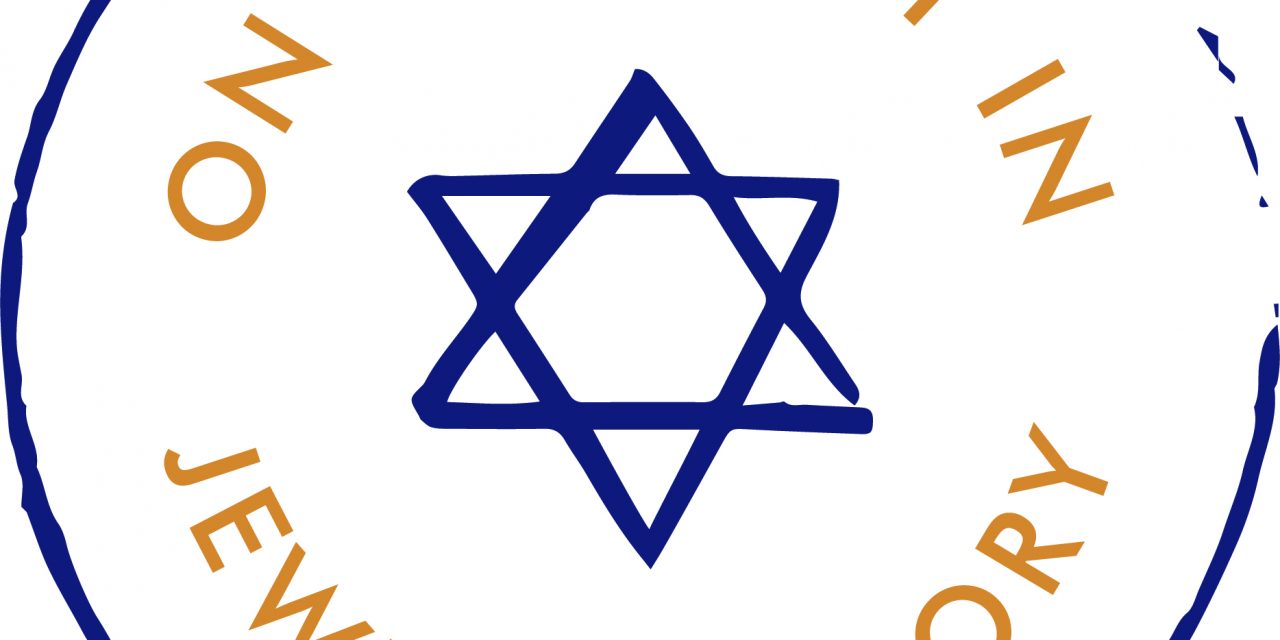




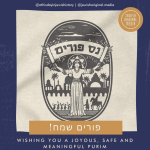


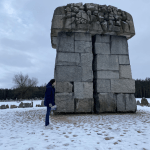
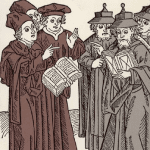
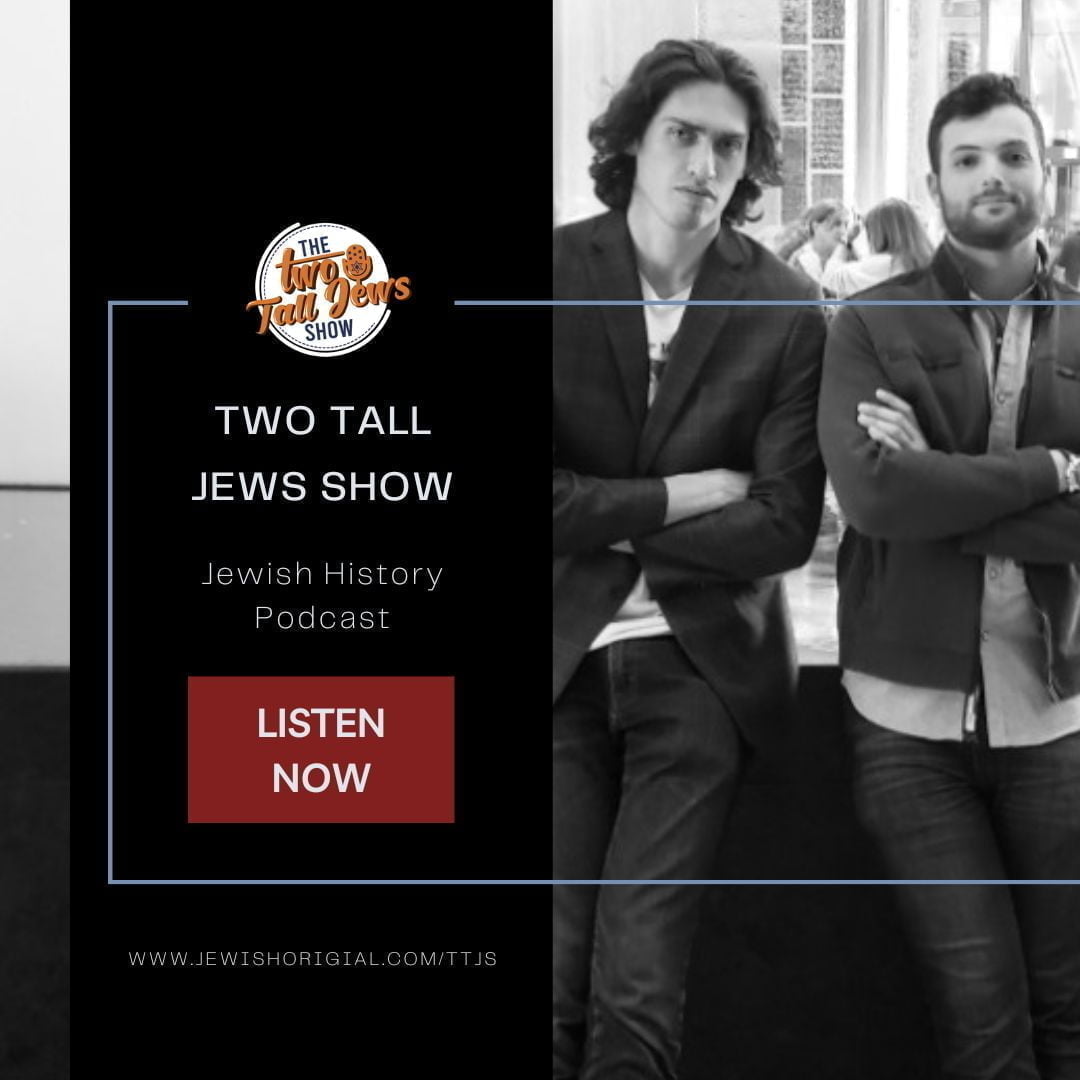

Start the discussion at community.jewishoriginal.com